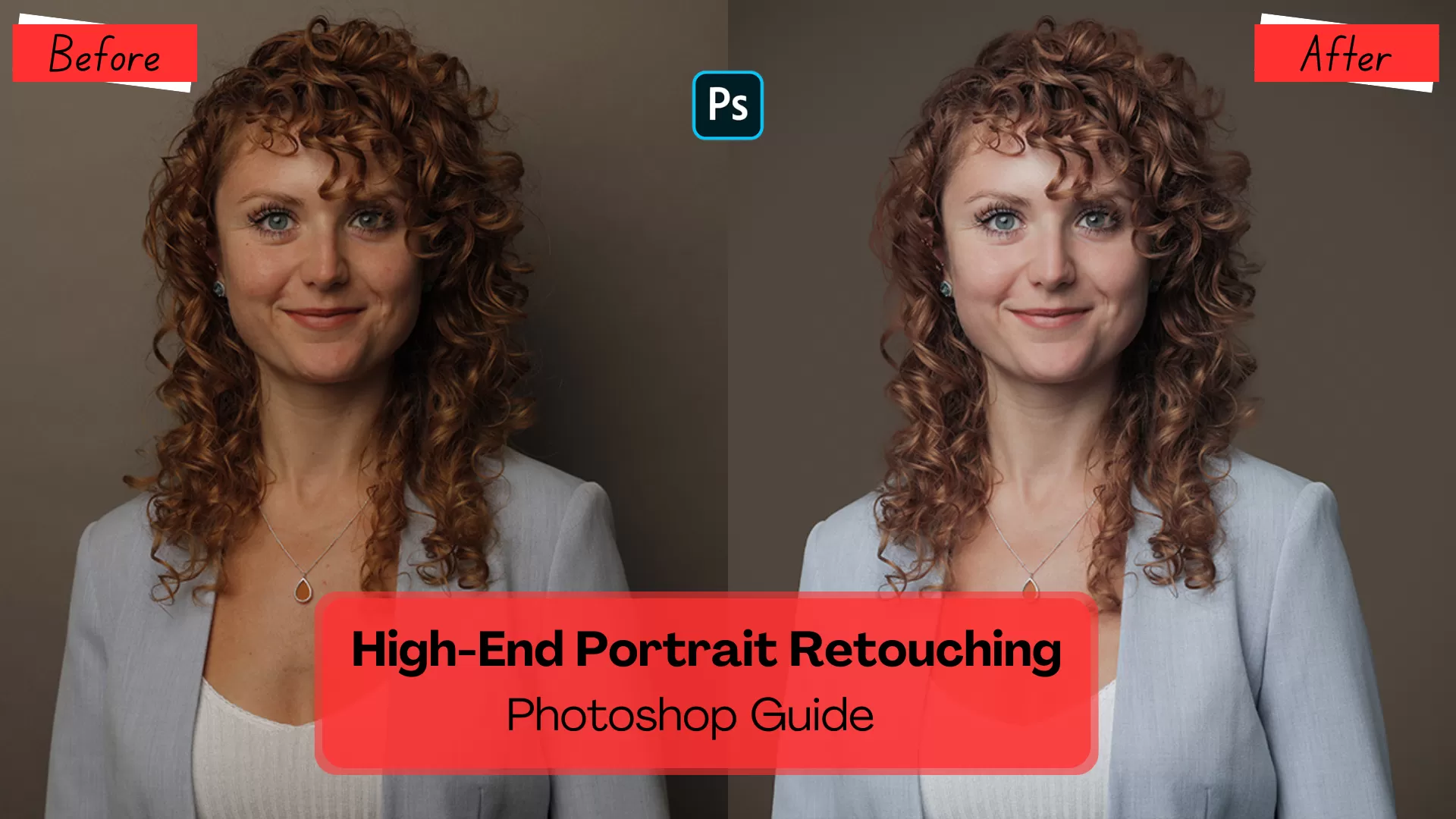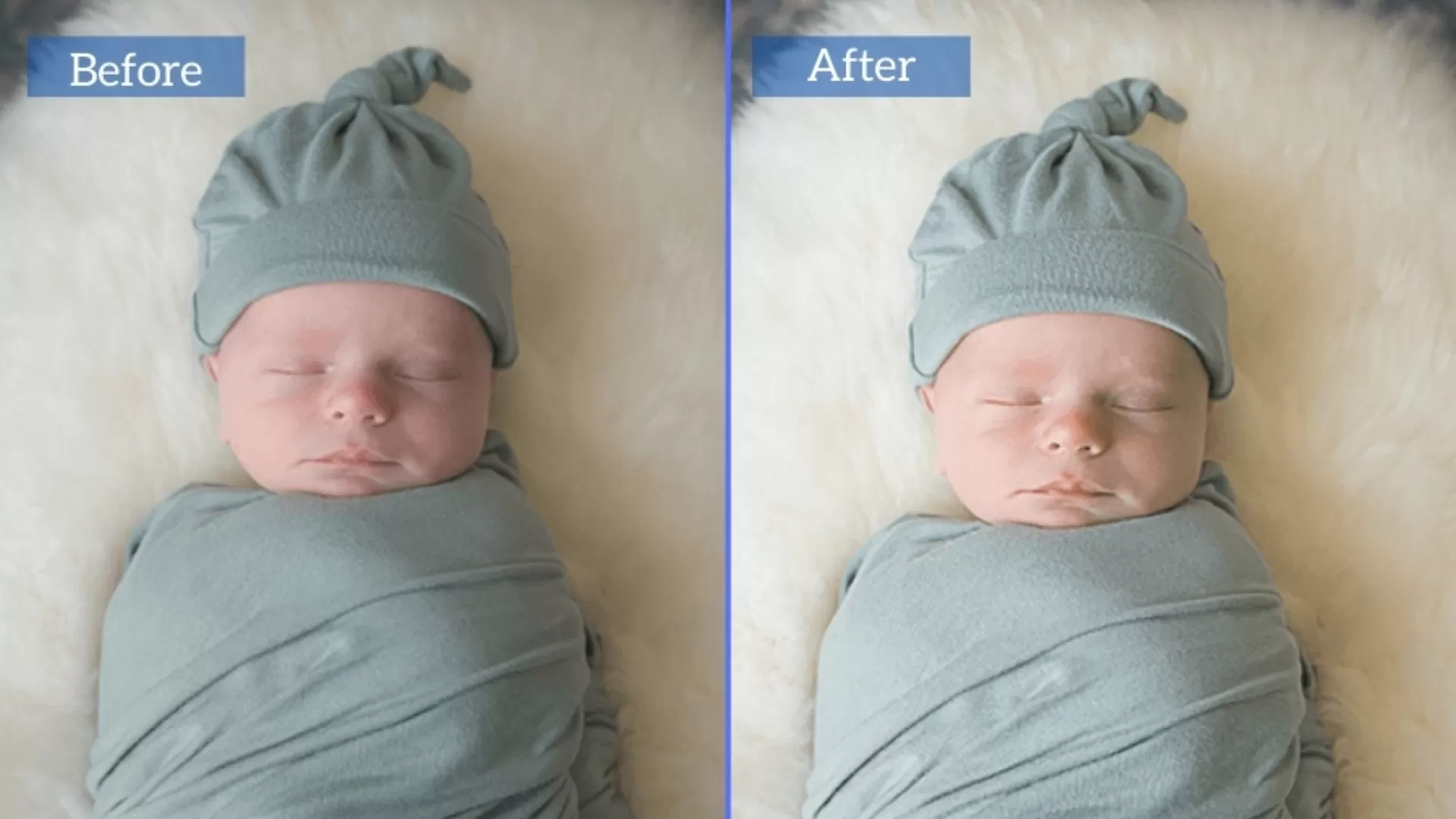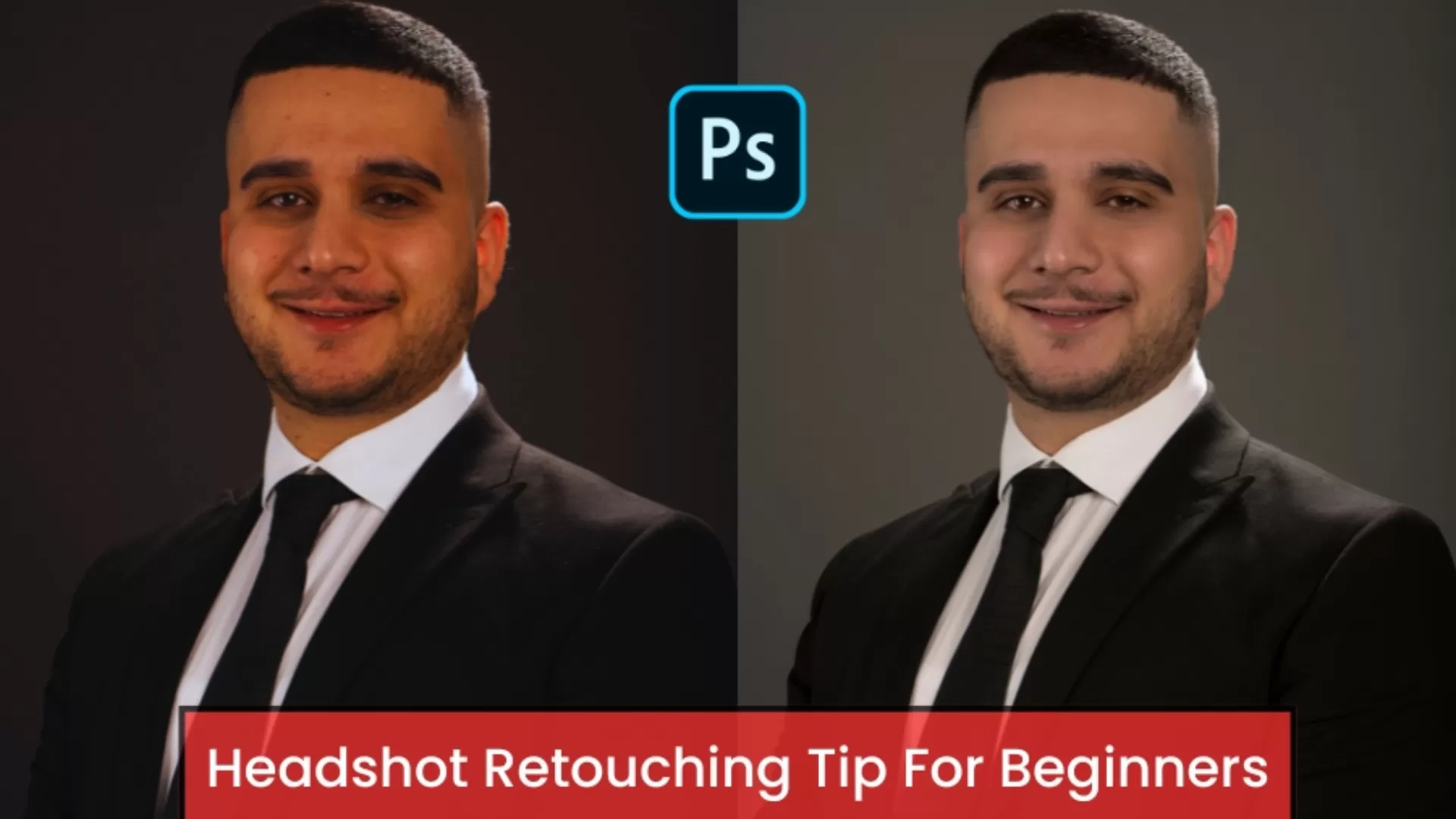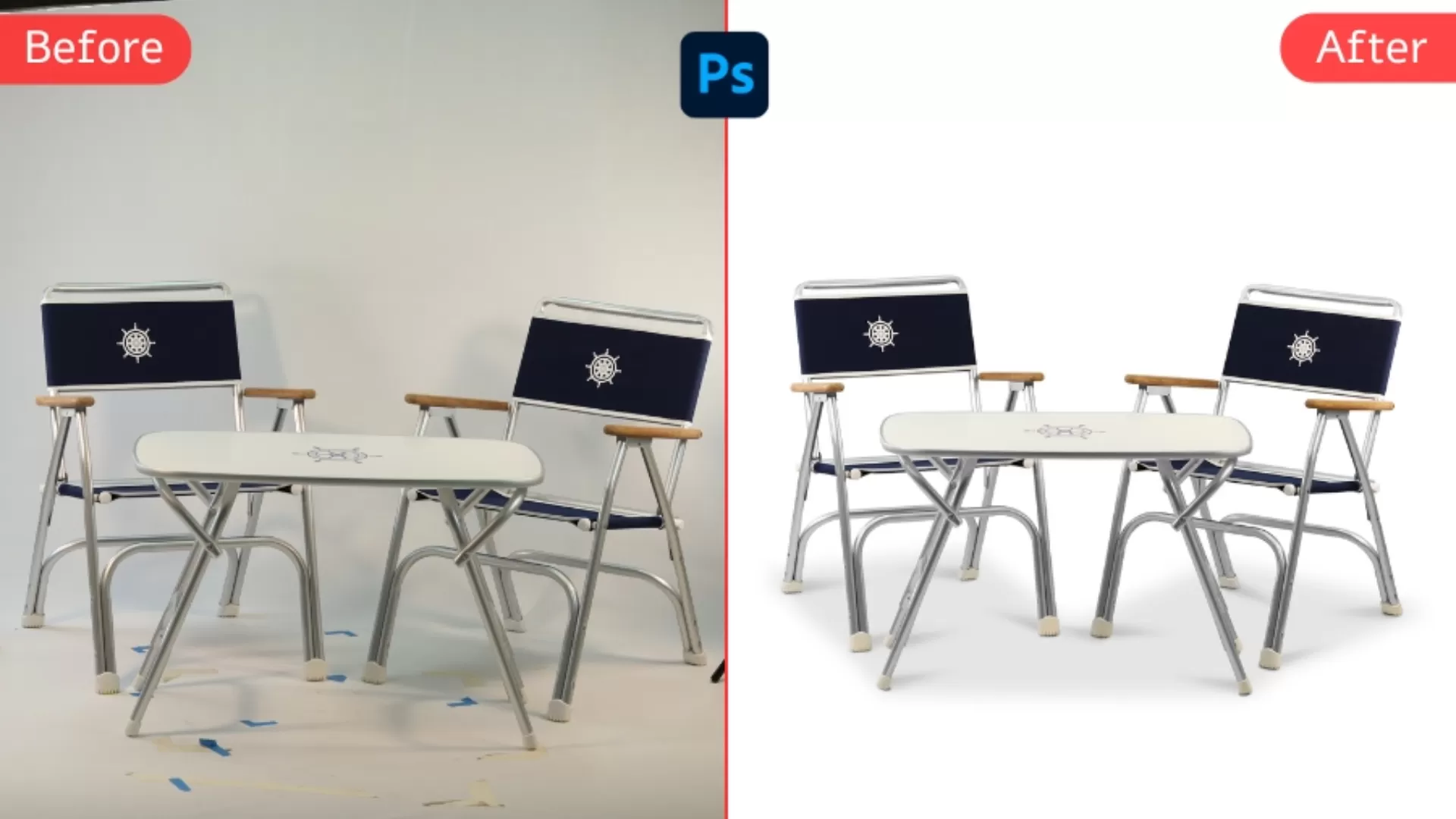Advanced High-End Portrait Retouching: A Photoshop Guide
All those permission forms that have to be signed to modify portraits using pixel-perfect Photoshop techniques will be the foundation of such an elevated transformation they seek-acceptable to awe-inspiring.
Mastering advanced Adobe photoshop skills would mean that both just-a-beginner and expert-level photographers would see their portraits remarkably improving in quality. The following guide describes how to undertake very high-end touch-up processes on portrait photographs, in a stepwise manner.
This guide will help you have a brief understanding on retouching in Photoshop, still you might need the help from experts. For that search “portrait retouching services”, and reach out to leading companies.
Understanding High-End Portrait Retouching
High-end portrait retouching is more than just the usual photo touch-ups like cropping and color correction. Attention to details should be dead in high-end portrait retouching as it gives you the possibility of creating a flawless yet natural image under illumination and a skin texture that adds value to the overall image-a composition that has two other elements including lighting.
Goal retouching improves the looks of the subject details with regard to preserving the natural picture quality.
Key Principles On High-End Retouching
1. The edited output must conform to the lay down principle that the edited form should look as natural as possible, so no editing could be detected.
2. Attention must be there by the editor on minute surface skin features, hair and eyes.
3. There should be consistency in light and color tones over the entire image.
4. Measurements should always be heavily restrained and judicious in ways of going into tasteful adjustment because keeping the edits minimal would yield that magic expert outcome.
To know more on this, reach out to an experienced high-end portrait retouching services provider.
Step-by-Step Guide to High-End Portrait Retouching
1. Preparing the Image
Retouching image preparation should be always at its best. Simple image editing should be done to bring the very minimum conditions for any advanced edit work.
- The first picture conversion is where users convert their RAW files by means of Adobe Camera Raw (ACR) or Lightroom. Perform exposure adjustments along with all required contrast, black and white, highlight, and shadow adjustments in balancing the image.
- Lens correction is intended to correct any distortion and chromatic aberration.
- The image is cropped to the required fault and straightens tilted horizontal elements with it.
2. Skin Retouching
Skin retouching is the most important part of portrait retouching. Skin retouching is reduction of skin defects without affecting the natural skin texture.
Use Spot Healing Brush Tool (J) for the non-destructive removal of blemishes and pimples and other small imperfections from your images. To achieve the optimum outcomes select the Content-Aware option from the brush settings menu.
The Frequency Separation method separates skin texture from color and tone, thus allowing the independent manipulation of different elements.
- Create two newly created layers by duplicating the background layer. Name the first layer “Texture” and the second one “Color.”
- Smoothen out the skin tone by applying Gaussian Blur filter using “Filter > Blur > Gaussian Blur” to the “Color” layer.
- Apply the High Pass filter on the “Texture” layer through Filters > Other > High Pass to bring out skin details.
- Set the “Linear Light” blending mode of the “Texture” layer while controlling its opacity level.
As per experts in professional skin retouching service, the Dodge and Burn tools enable you to make strong highlights and shadows of the face while sculpturing depth into the rest of the face.
- Create a new 50% gray-filled layer by using the menu option Edit > Fill > 50% Gray. Key the “Texture” layer to blend using the “Overlay” mode.
- Brighten using the Dodge Tool (O) as you darken using the Burn Tool (O) when contoured against the face.
3. Enhancement of the Eye
With an eye enhancement, almost every portrait catches the sight of the human eye when the techniques are clarified.
- Brighten the whites of the eyes until they become a more lively appearance with the Dodge Tool (O).
- Darken the periphery of the iris with the Burn Tool (O) to define them. Add more intensity with an additional saturation to the iris color by using Hue/Saturation adjustment layer.
- Face retouching in photoshop with eye sharpening is performed via High Pass filter under the Other category in the Filter section (Other > High Pass); this is best done while the Overlay blending mode allows for some additional tweaking for setting opacity to control the effect.
4. Teeth Whitening
A brilliant smile enhances portrait quality; as such, most professional editors perform teeth whitening treatments.
- The teeth should be selected carefully with the Lasso Tool (L).
- Create an adjustment layer for Hue/Saturation and decrease saturation values within the yellow color ranges. The ideal appearance for teeth whitening is obtained when a very slight increase in lightness value is applied.
- Layer mask allows you to edit selection very precisely while keeping the whole removal looking natural with the whitening effect.
5. Hair Retouching
There exist professional features that make a good, fine retouching of hair.
- Users should take advantage of the S key with the Clone Stamp Tool or the J key with the Healing Brush Tool to remove loose hair that falls flat and does not settle into place (flyaway).
- Use a Hue/Saturation adjustment layer so that the photographer can also enhance hair color or tone. They can control lightness and intensity levels depending on what effect they want.
- Use the Dodge Tool (O) to add highlights and make a healthy appearance of bright hair in order to enhance its shine.
6. Clean Up Background
Backgrounds should be clean and free from all distractions while executing a professional portrait.
- To remove distracting elements from the background, use a combination of the Clone Stamp Tool (S) and the Healing Brush Tool (J). Then apply the Gaussian Blur filter from the Blur submenu under the Filter menu to simulate a shallow depth-of-field effect that will help emphasize the subject from the background.
- Modify the illumination of the background using Dodge and Burn tools to create the optimum harmony for the subject.
7. Color Grading
Color grading is the final part of retouching and is completed because it enables the user to have access to modifying the spectrum tones for achieving design objectives.
- The Color Balance adjustment layer allows you to balance the shadows and the midtones against the highlights for a harmonious color tone.
- The Gradient Map adjustment layer should be incorporated in the image for subtle color gradient application. Use “Soft Light” as blending mode while adjusting the layer opacity according to your needs.
- Dull the edges of the soft vignette by placing them only around the main subject. Select the subject with the Elliptical Marquee Tool (M), and then invert the selection by going to Select > Inverse, followed by Gaussian Blur (Filter > Blur > Gaussian Blur). Lastly, use the opacity control to create a light vignette look.
8 Final Touches
Final inspection needs to be taken when it comes to stepping back from the image. Assess it and then do the fine-tuning that will make that design read professionally. For the last part, sharpen the image by clicking on the High Pass filter from Filter, Other. Change blending mode to Overlay, and adjust opacity accordingly to your needs.
Consistency Check-a check on whether lighting, colors and details match across different segments of the picture. Save the final image in the way you desire it, so it is possible to keep a high-res image for later updating.
The best retouching work often goes unnoticed, as it maintains the integrity of the original image while subtly enhancing the subject’s appearance. A successful retoucher achieves a natural and believable result that highlights the subject’s beauty without appearing artificial.
Blending is a key aspect of portrait retouching, and skin texture should be preserved through the use of tools and techniques that maintain pores. Photo experts use high-pass filters to reduce noise while retaining skin detail, and they apply touch-ups in layers with low opacity for a seamless and natural effect.
Conclusion
Mastery in high-end portrait retouching takes prolonged activity, combined with sharp observation and well-rounded knowledge of Photoshop tools along with application. Following the above instructions will take your portrait retouching abilities to superlative heights while creating remarkably professional images.
The principle of retouching work relies on subtle alterations letting the subject shine without artificiality or excessive changes bestowed. Mastering perfection at high-end retouching of portraits needs constant practice and direct commitment, allowing you to have images of incredible quality.
For expert portrait retouching services, contact Global Photo Edit.








